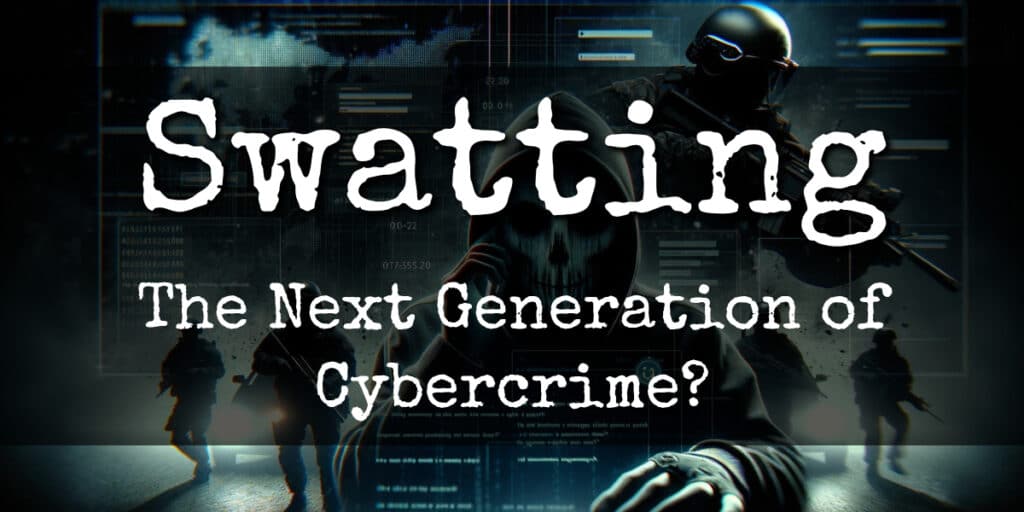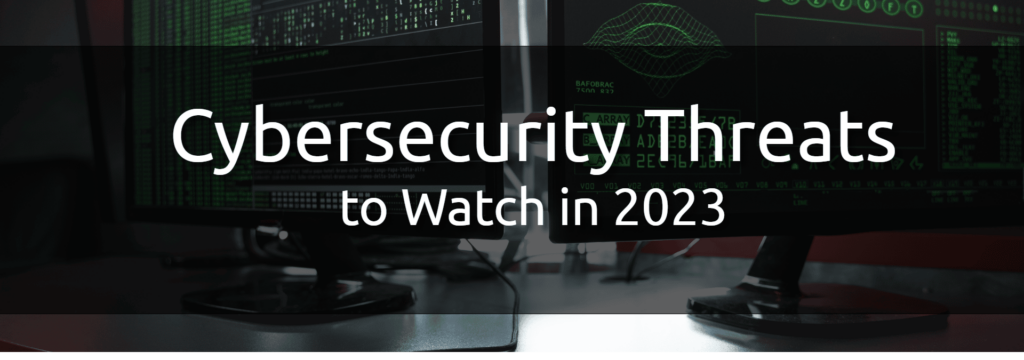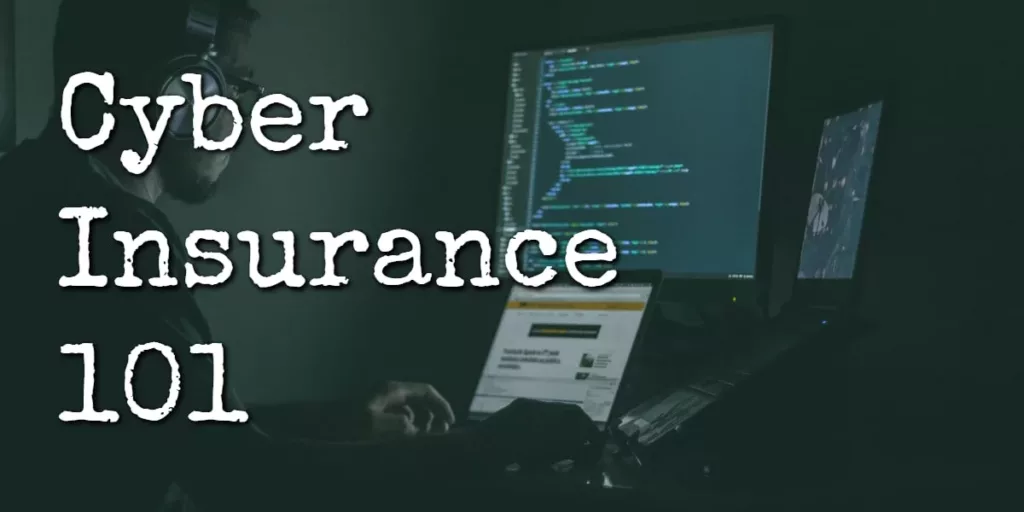On Christmas Day 2023, two Republican lawmakers fell victim to a rising crime called swatting, a prank that aims to send SWAT units to a person’s home. Both Congressman Brandon Williams (R-NY) and Congresswoman Marjorie Taylor Greene (R-GA) were targeted.
However, it’s not just politicians who are targeted; ordinary citizens are also victims of this crime.
Swatting triggers armed police response to fabricated emergencies, risking lives and resources. Learn to recognize and protect against these dangerous pranks in this guide.
On This Page:
Key Takeaways
Swatting is an increasing trend where false emergency calls are made to send SWAT teams to unsuspecting victims’ homes, endangering lives and wasting resources.
Victims of swatting range from politicians and celebrities to online gamers, and law enforcement faces challenges in distinguishing hoaxes from genuine emergency calls.
Swatting could be considered the next generation of cybercrime as it combines the digital world with real-world consequences, exploiting the emergency services system to cause harm and disruption.
Understanding Swatting

Swatting is a dangerous prank that involves making false emergency calls to dispatch SWAT teams to a targeted individual’s residence. The goal is to lure the police to a specific location under the false impression of an ongoing serious crime.
Over the past years, this malicious act has trended upwards, with swatting cases rising from about 400 instances in 2011 to more than 1,000 in 2019. However, the actual number of incidents is likely higher due to the FBI not tracking swatting as a unique crime, and many police departments not distinguishing it from other false reports.
A swatting victim could be in serious danger, with law enforcement being alerted to a threat within their home. Swatting can lead to injury, property damage, loss of life, and squandered resources, while also endangering law enforcement officers.
When law enforcement responds to these calls, the forceful nature of their response can increase risks. This is made even more difficult because these swatting incidents are intentionally malicious. These can include false bomb threats, evacuations, and serial attacks aimed at causing maximum disruption for responding officers.
The Mechanics of a Swatting Incident
The mechanics of a swatting incident are chilling in their deceit and simplicity. Here is how it typically unfolds:
The attacker acquires the victim’s home address, frequently through methods like doxing, which involves tracking down an individual’s personal information online.
The attacker then makes a false report to the police.
To ensure they are not easily tracked, they use software to conceal or alter their caller ID.
When making these hoax calls to emergency services, attackers fabricate serious crimes that necessitate a SWAT team response. They go to great lengths to make the call seem credible, such as using voice-changing software or even playing recorded sounds in the background to create the illusion of a dangerous situation. This way, they manage to turn a simple phone call into a full-blown emergency response, causing massive disruption and potentially endangering lives.
The Targets of Swatting
Swatting is an indiscriminate crime that targets a range of people, from politicians and celebrities to online gamers and livestreamers. Attackers often target public figures and celebrities for their high visibility, knowing that a swatting incident involving these individuals will likely draw significant media attention.
Congressman Brandon Williams and Congresswoman Marjorie Taylor Greene were both victims of swatting attacks on Christmas Day, 2023. Listen to my interview with the Fox News Rundown Podcast, where I explain why finding the people behind swatting is tough and how the police get ready for these situations:
Online gamers and live-streamers have also been targeted frequently due to their extensive live camera presence, which makes them an accessible and prominent target. Attackers often use doxing to obtain personal information about them, which enables them to make false reports and potentially involve law enforcement agencies.
The Realities of Responding to Swatting Calls
Law enforcement faces significant challenges when responding to swatting calls. Attackers often use sophisticated techniques to conceal their identity, and swatting incidents can be part of a larger harassment campaign. This means that even when the police are alerted to a potential swatting attack, identifying the false report amongst genuine emergency calls and tracking down the perpetrators can be daunting.
Law enforcement agencies use a variety of methods to distinguish between genuine emergency calls and swatting incidents. These include verifying the caller’s identity, cross-referencing information, and assessing the credibility of the reported emergency. However, these measures are not foolproof, and swatting calls can still slip through, leading to unnecessary deployments of SWAT teams and other emergency services.
High-Profile Swatting Cases

High-profile swatting cases have attracted public attention by making headlines and highlighting the danger of this prank. Some notable victims of high-profile swatting incidents include:
In addition to politicians and celebrities, many others have also experienced swatting incidents, with attackers hoping to draw media attention to their pranks.
However, swatting is not just a harmless prank. One of the most tragic consequences of swatting is the case of Andrew Finch, who was shot by police responding to a false emergency call. This incident underscores the potential life-threatening implications of swatting and the need for preventive measures.
The tragic incident involving Andrew Finch led to the apprehension and conviction of the perpetrator, Tyler Barriss. Barriss, who made the hoax call that resulted in Finch’s death, was sentenced to 20 years in prison.
Strategies to Combat Swatting
A multi-pronged approach is needed to counteract the escalating threat of swatting. Public awareness campaigns play a crucial role in this initiative, with elements such as:
Enhancing technology
Legislative initiatives
Establishing clear emergency response protocols
Educating personnel to identify hoax calls
These are integral components. It’s also vital to promote responsible sharing of personal information online as part of these campaigns, highlighting the risks associated with oversharing.
Law enforcement agencies are also intensifying their efforts to fight against swatting. Officers undergo training in SWAT tactics, techniques, and how to identify and respond to potential swatting incidents. This helps them to respond effectively to swatting calls, minimizing the risk to innocent individuals and ensuring the best possible outcome in these situations.
Technology plays a significant part in preventing swatting. Tools such as VPNs and privacy settings can protect personal information and make it more difficult for attackers to obtain a user’s IP address. Internet Service Providers (ISPs) are also stepping up their efforts to prevent the misuse of anonymous VoIP caller ID spoofing services, which are commonly used by individuals involved in swatting incidents.
Legal Implications of Swatting
Swatting carries severe legal consequences. In the United States, swatting is defined as the intentional act of luring police and other emergency professionals to a location under false pretenses by making a fraudulent emergency call for the purpose of creating a dramatic situation.
It is considered a federal (and frequently state) offense, and it may constitute either a felony or misdemeanor, which may result in severe penalties, such as years or even life imprisonment. The Interstate Swatting Hoax Act further emphasizes the seriousness of this crime.
The U.S. government has imposed harsh penalties, including life imprisonment, on individuals caught carrying out swatting attacks. These severe legal consequences serve as a strong deterrent against swatting, underscoring the seriousness of this crime.
However, the potential repercussions of making a swatting call go beyond legal penalties. They can have serious and enduring effects on the lives of both the perpetrator and innocent individuals involved in the incident. These consequences include:
Emotional trauma for the victims
Physical harm or injury
Damage to property
Disruption of public services
Wasting law enforcement resources
Technology’s Role in Preventing Swatting

As we already talked about, technology plays a pivotal role in both facilitating and preventing swatting. Tools such as VPNs and privacy settings can protect personal information and hide IP addresses, making it harder for attackers to locate their victims.
Individuals can also take proactive steps to protect their personal information and reduce the risk of swatting. These include:
Refraining from oversharing on social media
Implementing rigorous privacy and security settings on their devices and social media accounts
Using a VPN to hide their IP address
For online gamers, using screen names that don’t reveal their real identity and not disclosing personal information on in-game chats and forums
Internet Service Providers (ISPs) are also doing their part to combat swatting, by taking measures to prevent the misuse of anonymous VoIP caller ID spoofing services, which are commonly used in swatting incidents.
In Case of a Swatting Attack: What to Do
Despite best efforts, swatting incidents can still take place. If you suspect that you’re a target of a swatting attack, it’s important to:
Stay calm
Quickly inform local law enforcement about the situation
Give as much information as you can to help clear up any confusion and lessen the harm caused by the incident.
When a law enforcement agency arrives at the scene, it’s important to communicate with them in a clear, concise, and straightforward manner. Providing accurate information and following their instructions will help resolve the situation and ensure your safety.
Summary
Swatting is a dangerous prank that has severe consequences, from unnecessary drain on law enforcement resources to potential loss of life. Understanding the mechanics of swatting, the targets, and the challenges law enforcement faces in responding to swatting calls can help us protect ourselves and our communities from such incidents. Technology plays a crucial role in both perpetrating and preventing swatting, underscoring the need for personal vigilance and responsible online behavior.
While laws and penalties are in place to deter swatting, the responsibility also lies with us to protect our personal information and stay informed about such threats.
Frequently Asked Questions
What is swatting?
Swatting is a dangerous prank that involves making false emergency calls in order to dispatch SWAT teams to someone’s residence. This is done to attract law enforcement to a particular location under false pretenses, and it is often facilitated by software to hide the perpetrators’ identities.
Who are the primary targets of swatting?
The primary targets of swatting include politicians, celebrities, online gamers, and livestreamers, making it a serious issue that can affect a wide range of individuals.
How does law enforcement differentiate between genuine emergency calls and swatting incidents?
Law enforcement differentiates between genuine emergency calls and swatting incidents by verifying the caller’s identity, cross-referencing information, and assessing the credibility of the reported emergency.



